For many years, the Kassel Mission was little more than a footnote in the annals of World War 2: Largest one-day loss for a single bomb group in 8th Air Force history. Out of 35 bombers, 25 were shot down in the initial battle; three crash-landed in Belgium and France; two badly shot-up B-24s reached an emergency landing field in Manston, England; four made it back to their home field at Tibenham; and one overshot the runway and crash-landed five miles from the base.
But the battle, which lasted less than six minutes, was just the beginning of the story of the Kassel Mission. Each plane had between nine and 13 crew members. of the crews that were shot down, 117 flyers were killed and a roughly equal number became prisoners of war. Several flyers who survived the initial battle were murdered on the ground. Those who survived and were captured endured beatings and hunger as prisoners of war.
The Kassel Mission was not only one of the war’s most spectacular battles, it was also one of the most unusual, in that it took place between 20,000 and 26,000 feet above what would become the dividing line between East and West Germany, so that half the crash sites would not become available to anyone from the West until the reunification of Germany in 1990. That same year, a monument with the names of 117 Americans and 17 German fighter pilots was dedicated in the village of Friedlos, where the lead bomber crashed, Some 600 people — American survivors of the battle and the families, as well as German fighter pilots who took part in the battle — attended the ceremony, marking one of the great stories of closure to come out of the war.
Through his own interviews, as well as letters, diaries and memoirs, Aaron Elson presents the details of the battle and its aftermath in the words of its participants and the family members whose lives the battle forever changed.

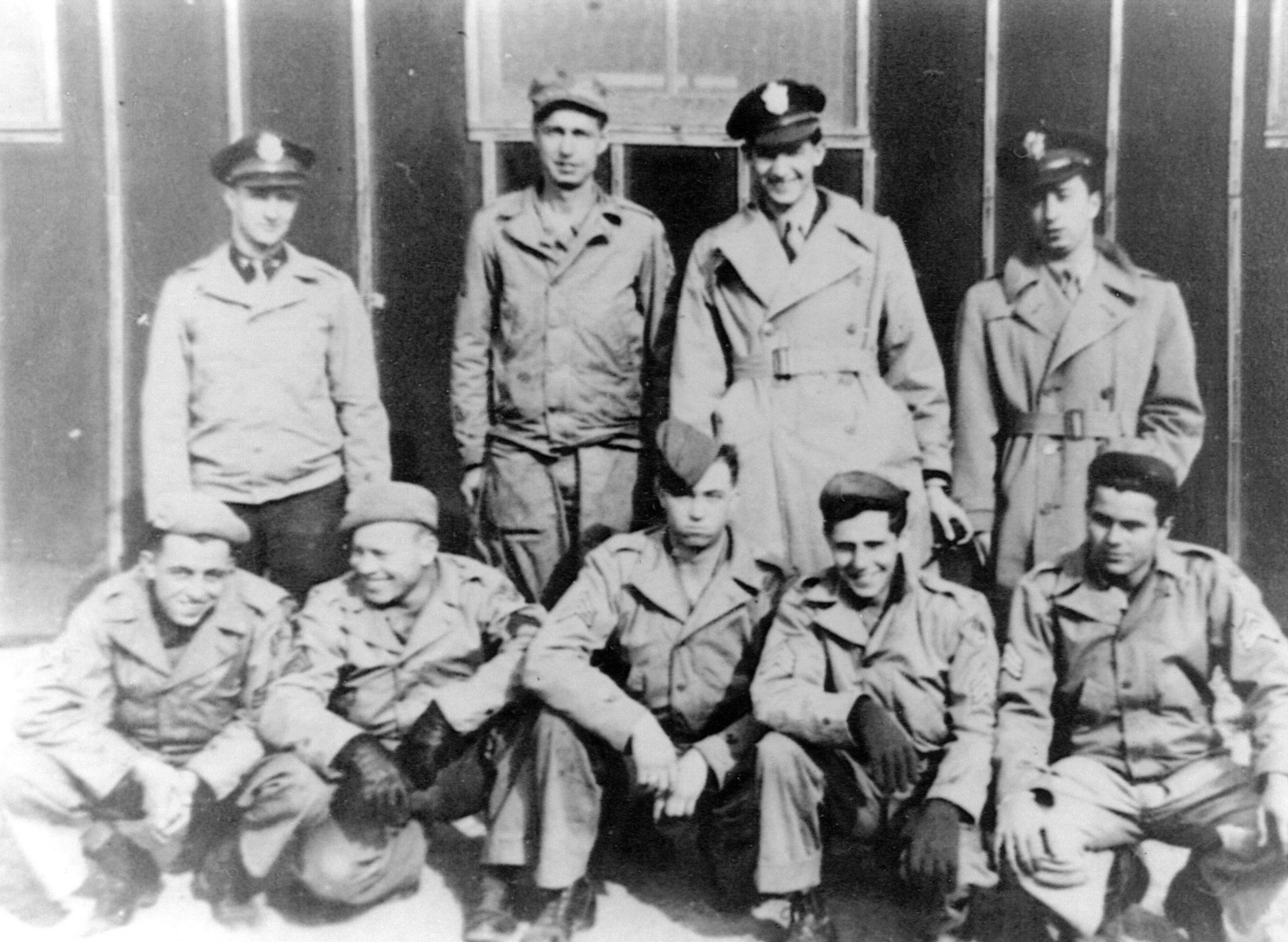
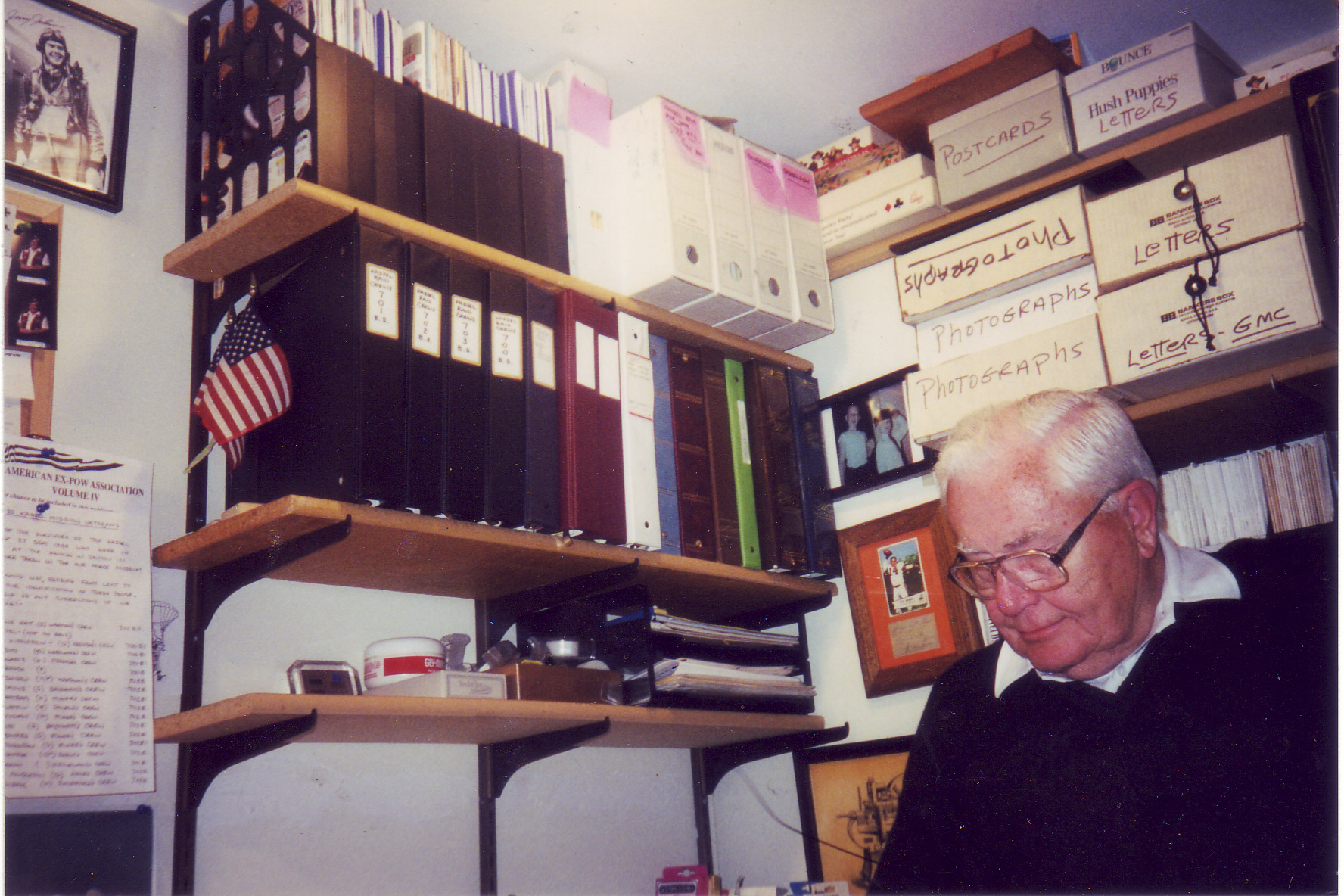
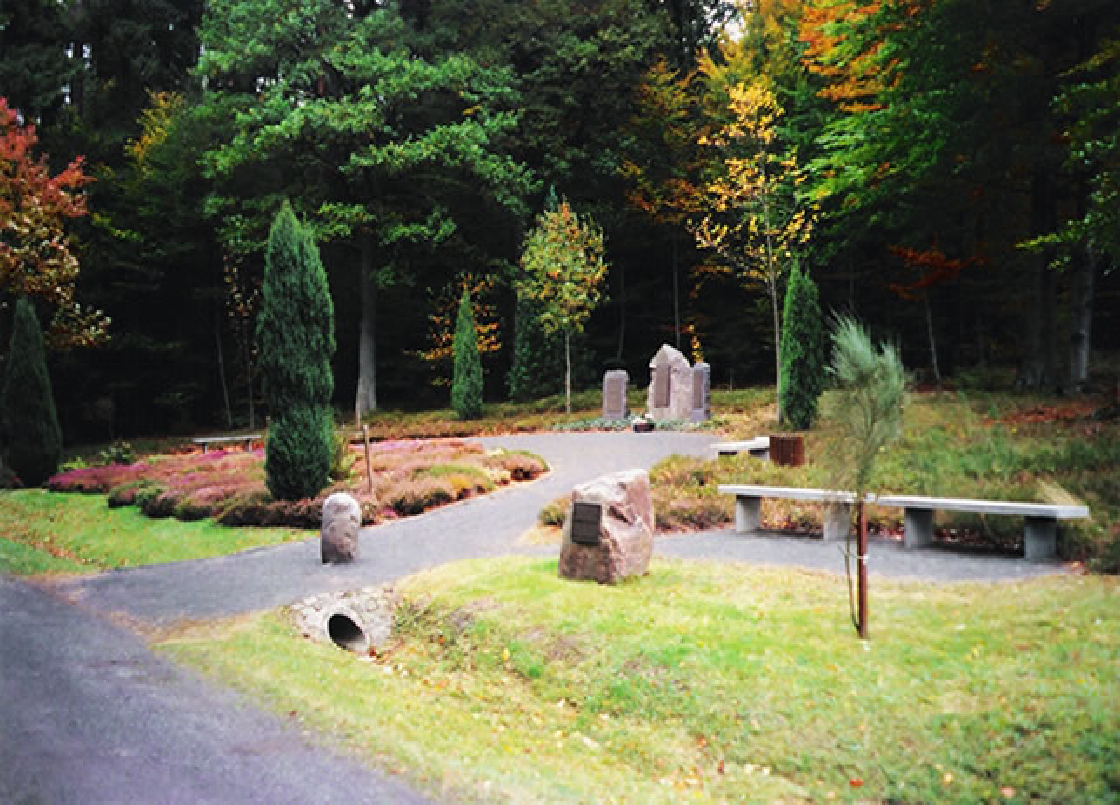

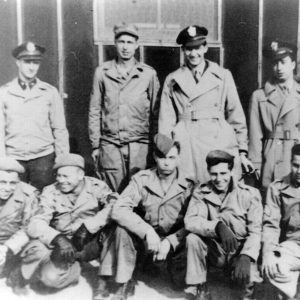
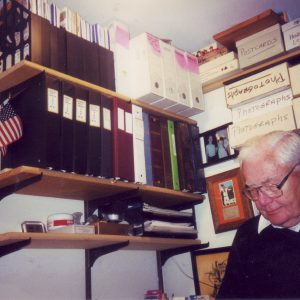




Reviews
There are no reviews yet.